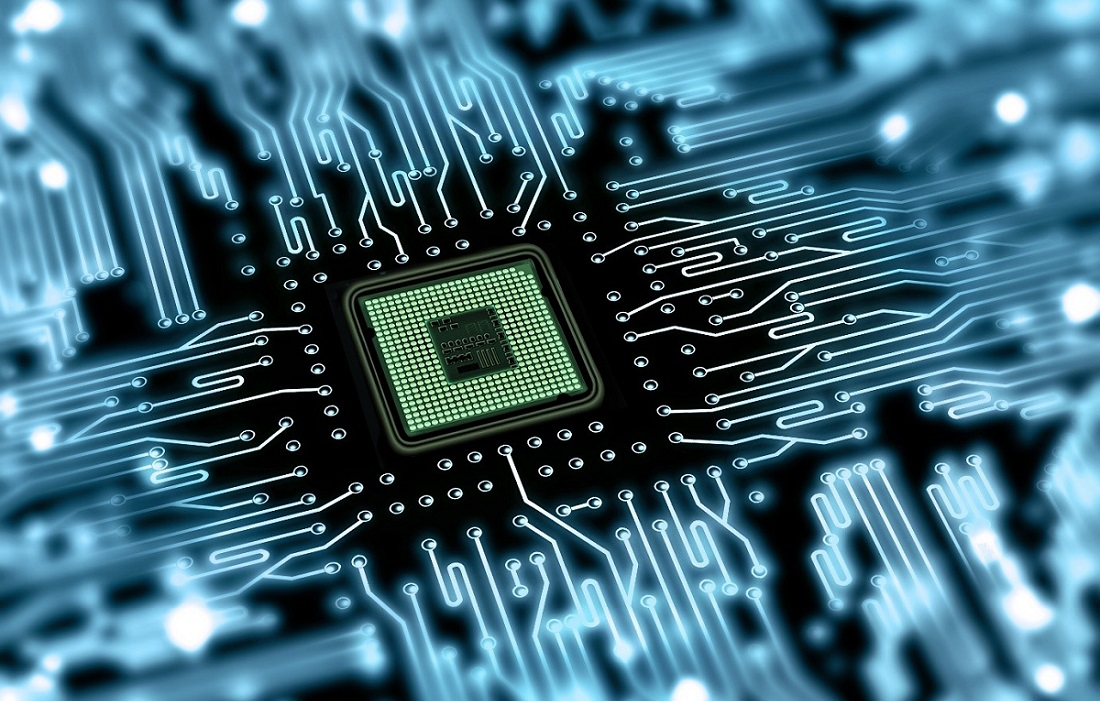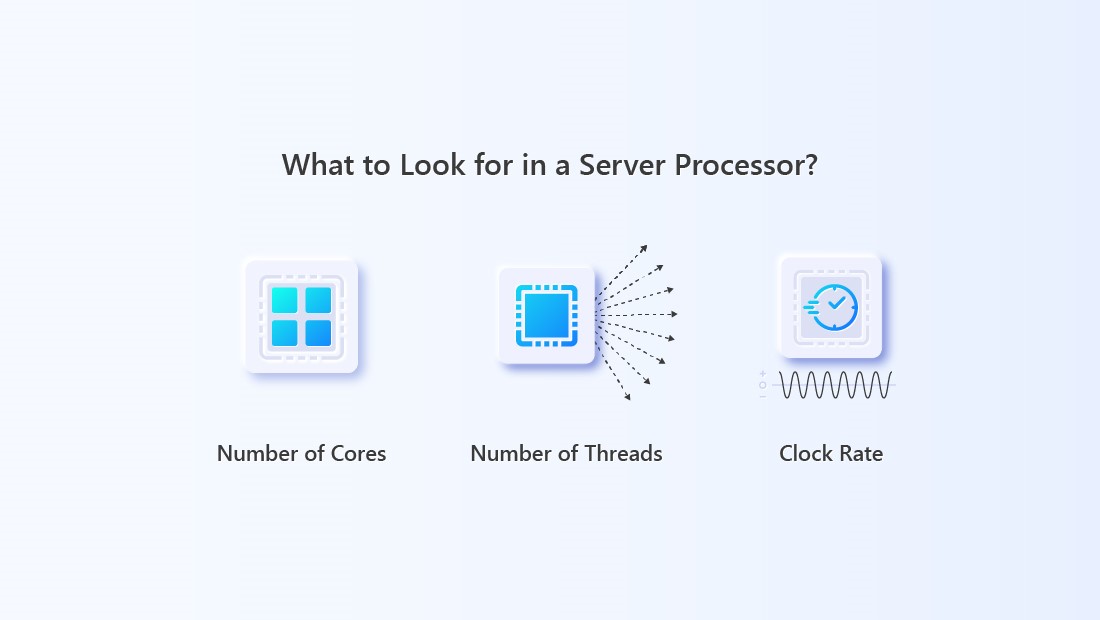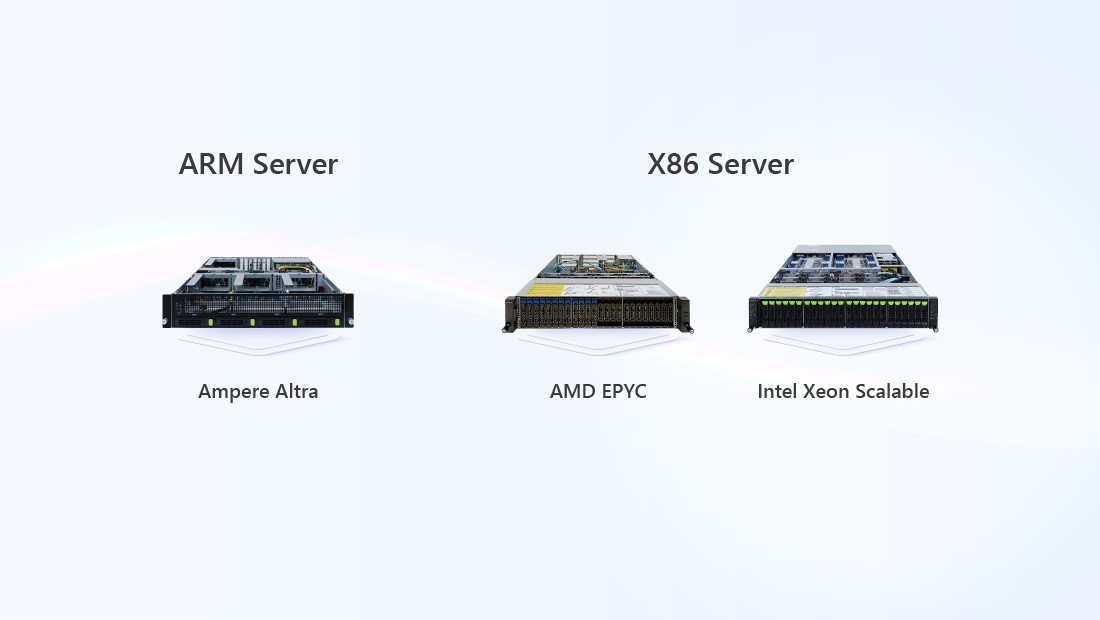Tech-Guide
Server Processors: The Core of a Server’s Performance
How do server processors work? In which ways are they different from the processors used in personal computers? Which processors should you choose for your servers? GIGABYTE Technology, an industry leader in server solutions that support the most advanced processors, is pleased to present our latest Tech Guide. We will go over the fundamentals of server processors, compare the differences between various types of processors, and then present GIGABYTE products that may help you achieve your goals with the CPUs most suitable for your needs.

What is a Server Processor?
How is a Server Processor Different from a PC Processor?

The difference between server processors and PC processors comes down to the kind of work they do. A server processor must handle a lot of data and serve a lot of users, which is why it must be highly reliable, provide enterprise-grade CPU caches and multiple CPU sockets. A PC processor handles less data and serves fewer users, so the requirements are not as high.
What Affects the Performance of a Server Processor? Core, Thread, Clock Speed

The number of cores, threads, and the clock rate are the three criteria that affect the performance of a server processor. While the general rule of thumb is “more and bigger is better”, it comes down to the work you intend to do with your servers.
GIGABYTE Offers Server Solutions for Different Processors

If you are looking for ARM processors that follow the RISC ISA, GIGABYTE Technology offers server products powered by Ampere® Altra® and Ampere® Altra® Max CPUs. If you need x86 processors that follow the CISC ISA, you cannot go wrong with GIGABYTE servers that support Intel® Xeon® Scalable or AMD EPYC™ CPUs.
● ARM Processor: Ampere® Altra® and Ampere® Altra® Max CPUs
● x86 Processor: AMD EPYC™ and Intel® Xeon® Scalable CPUs
Get the inside scoop on the latest tech trends, subscribe today!
Get Updates
Get the inside scoop on the latest tech trends, subscribe today!
Get Updates















